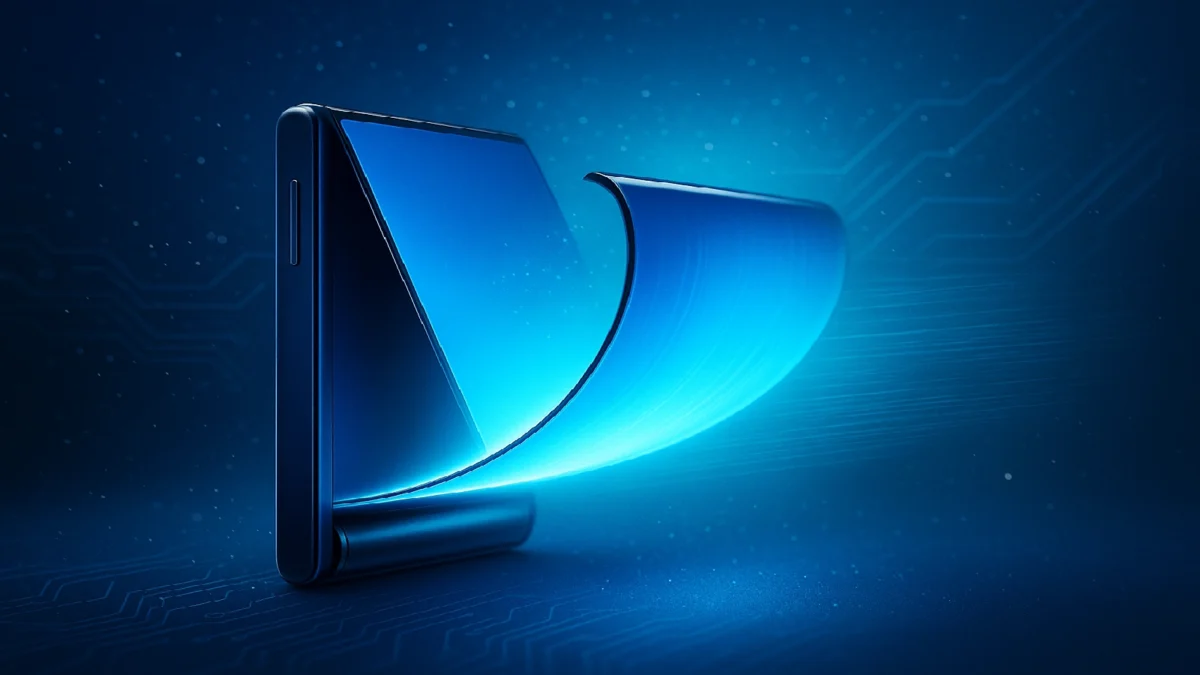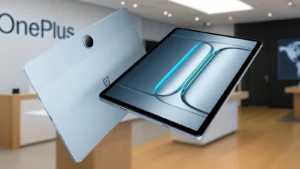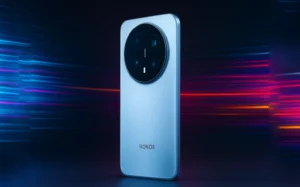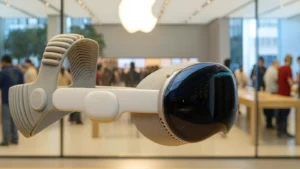Remember when foldable phones first hit the scene? They felt futuristic — a tablet that fits in your pocket. But after a few months, reality kicked in: creases, hinge wear, and that faint sense of fragility. Now, the industry’s next act is rolling out (literally): rollable phones that expand seamlessly, with no visible hinge in sight.
They promise a cleaner design and a cinematic display that unfurls like magic. But under that magic lies a whole new set of headaches — four, to be exact. Dust. Water. Delamination. Longevity. These are the “silent killers” rollables must conquer before they ever reach your jeans pocket.
Dust: The Silent Destroyer
Dust was already a nightmare for foldables, but rollables take it to another level. The mechanism inside — filled with micro-rollers, tensioning rails, and tiny gaps — acts like a magnet for debris. Fine dust can scratch the display, jam the rollers, or even short out internal sensors.
Unlike foldables, rollables can’t hide behind tight hinge caps or rubberized barriers. Their moving screen must slide freely in and out of the chassis. That’s why brands like Samsung, TCL, and Oppo have been filing patents for clever anti-dust tricks — everything from microscopic brush seals to magnetic dust membranes that repel particles before they sneak in. (source)
Still, no one’s cracked a truly dustproof rollable yet.
Water Resistance: The Achilles’ Heel
If dust is bad, water is worse. Every time the display rolls, it creates new seams and entry points. Unlike foldables that can be sealed shut, rollables must expand and retract — making IP68-level waterproofing nearly impossible for now.
Some labs are experimenting with hydrophobic nanocoatings that repel moisture, while others are testing “rolling edge caps” that temporarily seal gaps when the screen is extended. But until those ideas prove reliable, don’t expect to take a rollable to the beach anytime soon. Even insiders at Display Supply Chain Consultants (DSCC) admit we’re years away from a truly water-resistant model.
Delamination: When Layers Start to Peel
Here’s a lesser-known issue: delamination. Every time a rollable unfurls, the OLED layers stretch and compress — and over time, the adhesive bonds start to fatigue. Tiny cracks form. Colors warp. Eventually, the flexible display can delaminate, peeling apart like old tape.
Material scientists at LG Display and TCL CSOT are now developing stretch-resistant encapsulation layers and polymer substrates that can survive tens of thousands of rolls. IEEE Spectrum recently noted that the strain tolerance for most flexible OLED stacks still sits around just 3–5%, which isn’t much when your phone is constantly rolling and retracting. (source)
Longevity: The Moving Parts Problem
Even if the screen holds up, the motors must too. Early rollable prototypes like the Motorola Rizr and Oppo X 2021 rely on micro-motors and synchronized rails to extend the display. These components face fatigue, misalignment, or software calibration drift over time.
Foldables boast durability ratings — like Samsung’s 200,000-fold test — but rollables have no such benchmark yet. Engineers are already talking about AI-assisted calibration systems that automatically adjust motor tension as the device wears.
R&D Fights Back
The race to fix these issues is intense. CES and MWC 2025 demos showed promising progress: carbon-fiber roller housings, self-healing polymers, and AI-driven motion tuning are already appearing in prototypes. The direction is clear — rollables are coming, but their biggest test isn’t unfolding… it’s surviving.
The Promise and the Price of Motion
Rollables capture that irresistible sci-fi charm: a screen that grows when you need it. But the real marvel won’t be the first one that rolls out — it’ll be the first one that keeps rolling after a year of daily use. Once we see a rollable that’s dustproof, waterproof, and long-lasting, then we’ll know the post-foldable era has truly begun.
Last Updated on October 18, 2025 by Lucy




